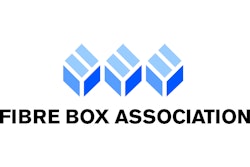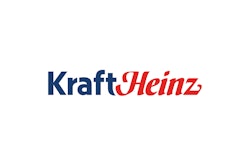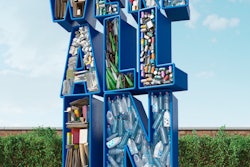Determining the number of “new” corrugated boxes entering the supply chain is not so easy. In many cases that very same box from the retail shelf is being reassigned to residential delivery.
“It is a popular misconception that if e-commerce is growing 15 to 20 percent a year, corrugated must be growing at the same pace,” says Dennis Colley, President and CEO of the Fibre Box Association.
“The data is complex and it’s difficult to quantify trends. We are working with transportation and delivery companies to get a clearer picture of how many of those packages delivered are in corrugated boxes ,” Colley says.
First, there are other materials being used such as flexible plastic pouches or paper-based envelopes. One of Amazon’s levels is SIOC (ship in its own container) which does not call for any “new” boxes to be sold at all. SIOC does lend itself to theft as contents are advertised as the box sits on the front porch. So now, sometimes an outer opaque wrap of flexible film is applied, but it is essentially the same box that sat on the shelf at the big box store.
Second, a lot of really cool social media promotions are scoring brand awareness and growth for smaller and mid-size companies, often with digital printing in the equation, but the targets tend to be smaller, well-defined market niches, and the promotion is often time sensitive so volumes are not huge.
“Basically, it might be the same 100 boxes that sat on a shelf at a club store, but now they are distributed to 100 homes across the region.” It’s many times redistribution of the boxes, and not necessarily growth in corrugated sales. But it causes the public to see more packaging being delivered on the door steps.
Colley sheds light on the social media complaints about too much packaging involving e-commerce. “What a lot of people don’t consider,” says Colley, “is that Amazon or any other dot com is going to package your product to arrive quickly and safely. Certain breakable items may need a bigger box to hold cushioning to absorb the shock of a drop or fall. Without the larger box and cushioning, if the box is dropped, the item itself will have to absorb the shock and possibly become damaged.”
Consumers may complain about the “excess” packaging, but they can and do change brand loyalty if items are consistently damaged, need to be returned, refunded, etc.
This dynamic tension, better protection with less packaging, is at the root of the e-commerce challenge.
But managing the public perception with education is a key role for the Fibre Box Association. Colley will address this challenge at an upcoming Smithers-Pira conference, 2018 E-PACK Summit, September 18-19 in Chicago. Learn more HERE.
“My mission is sharing with the public what this industry is doing to promote easier access for residentialrecycling,” says Colley, “and to provide information for residents to recycle that e-commerce box properly. “That’s a very valuable fiber and we do not want it in a landfill.”
Colley estimates that up to 93% of all corrugated boxes are recovered and reused. And there is very little that a containerboard mill can’t reuse to make new boxes.
Staples can be removed, water-based inks can be dissolved away, labels and tape removed. “Only boxes with heavy wax, or stained with too much grease are rejected by mills using more sophisticated filters.
Wax is often used for produce shipments, but aqueous coatings are becoming more popular and eventually wax will go away,” Colley predicts. Grease, usually associated with food use, can cause spotting on new boxes during the papermaking process.
In either case, these boxes can be composted or incinerated, or chopped up and added to garden soil. The landfill is the last place you want to see a corrugated container.
Colley briefly touched on a recent growth area, box on demand. “An on-demand machine takes an entirely different approach to making a right-sized box,” explains Colley. “Lasers are used to measure the product and to create a custom-size box for a perfect fit. But the process is much slower than conventional corrugated machines,” cautions Colley. “It has a role in low-volume output, but will not approach speeds for efficient high-production runs.”
The FBA (Fibre Box Association) has been around for 78 years and represents corrugated manufacturers across North America, with research, education and fostering economic growth opportunities for its 122 members.
Along with UPS, Seventh Generation, Pepsico and HelloFresh, Colley will be speaking HERE.


























